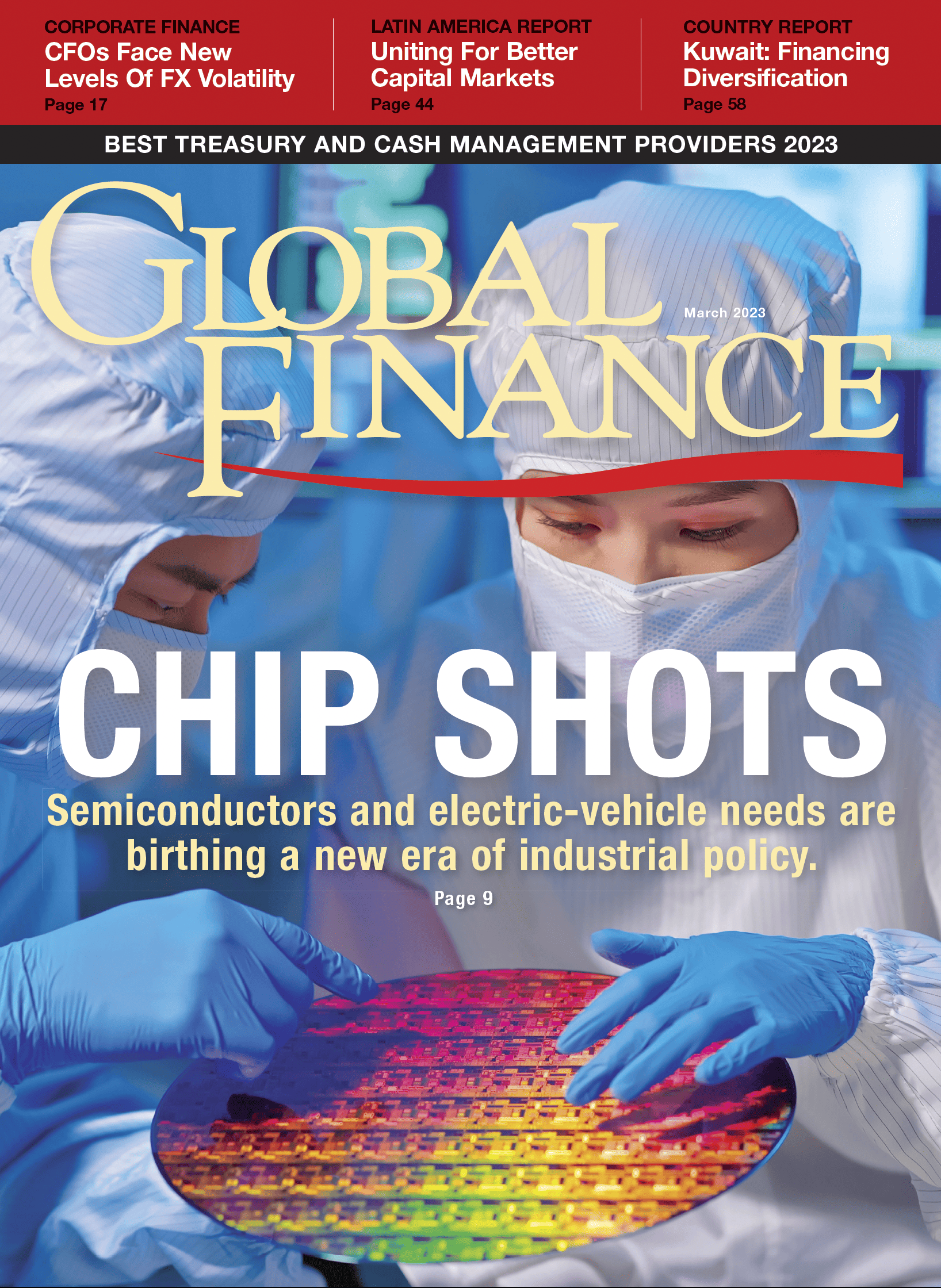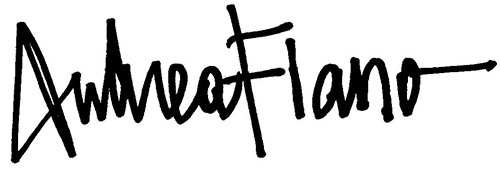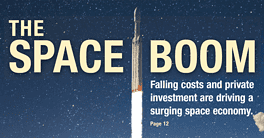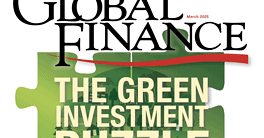Global Financeeditor at large Andrea Fiano's letter to you, the reader.
VOL. 37 NO. 3

Click Here To View Full Issue
Part of our work as journalists is to look at current events for signs of new trends or a change in attitude. What happened with the microprocessor industry, which is at the core of our cover story this month, and the subsidies approved in recent months to support it in the US, Europe and China is indicative of a trend. Are these new subsidies limited to one industry? Are they potentially a sign of a new industrial policy? Reporter Charles Wallace considers these questions in the context of increased global trade tensions, onshoring strategies in many countries, and long-term planning in order to avoid future dependence on key imports. We do not give definite answers, but we call readers’ attention to something that is relevant not just in one sector or country. And will likely have long-term effects on global trade.
Speaking of long-term effects: A year after the Russian attack on Ukraine, the war in the region is still going on and signs of a potential agreement are still minimal, yet many predicted consequences did not materialize: gas prices in Europe have tumbled in recent months, and recession is no longer the most likely near-term scenario for most advanced economies.
In this particularly rich issue, we dive into a regional analysis of Latin America, including oft-neglected Central America, as well as Africa. We also present our annual awards for the best banks in treasury and cash management, a sector strongly affected by financial innovation and the pandemic’s impacts on the global economy. As usual many winners are among financial institutions that used the pandemic to innovate and invest more in their technology.
And through it all our hearts go out to the people of Turkey and Syria, hit hard by the recent earthquake and its aftershocks. It is too early to assess the economic damage of this catastrophe, but the toll in human lives is very high.

Andrea Fiano | Editor at Large
afiano@gfmag.com

